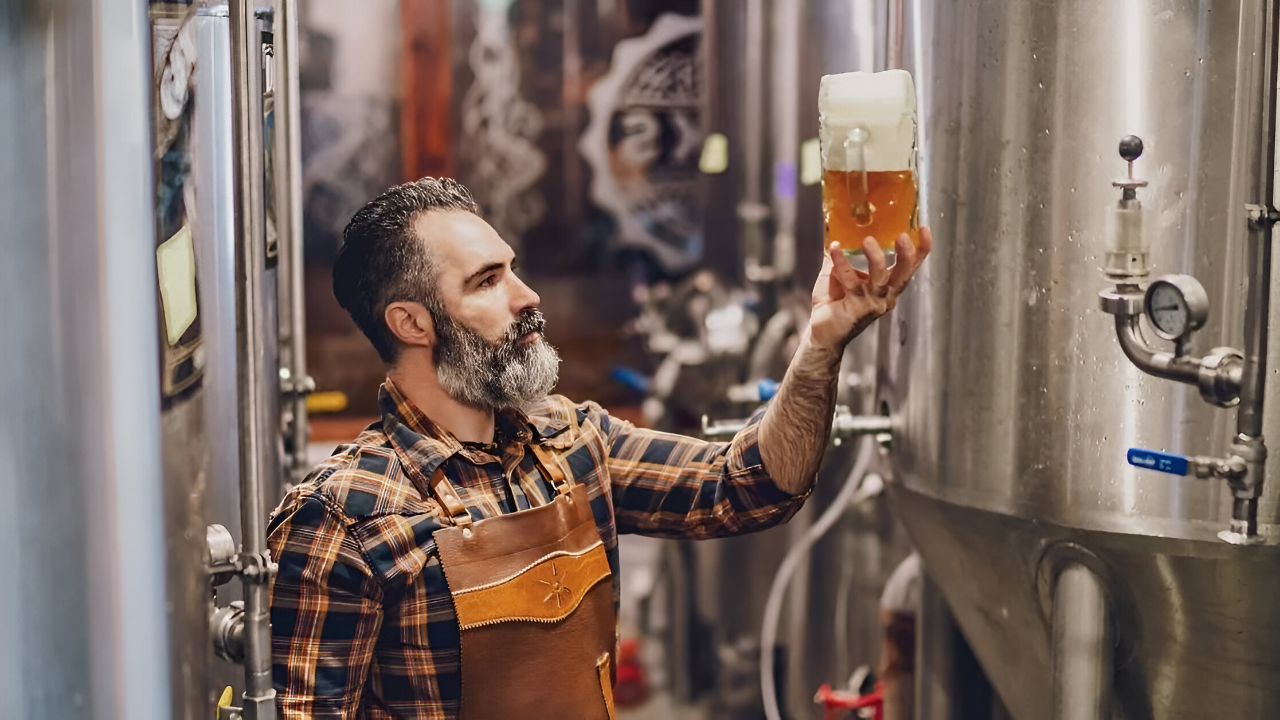
By mid-2025, America’s craft beer boom will have plainly reversed. About 9,269 U.S. craft breweries operated in June 2025 (down 1% year-over-year). In 2024, brewery closures (399) outpaced openings (335), confirming “the decades-long craft beer bubble has burst”.
This unprecedented contraction reflects shifting consumer tastes and broader economic pressures on independents.
Hard Seltzers, Market Saturation, and Rising Costs
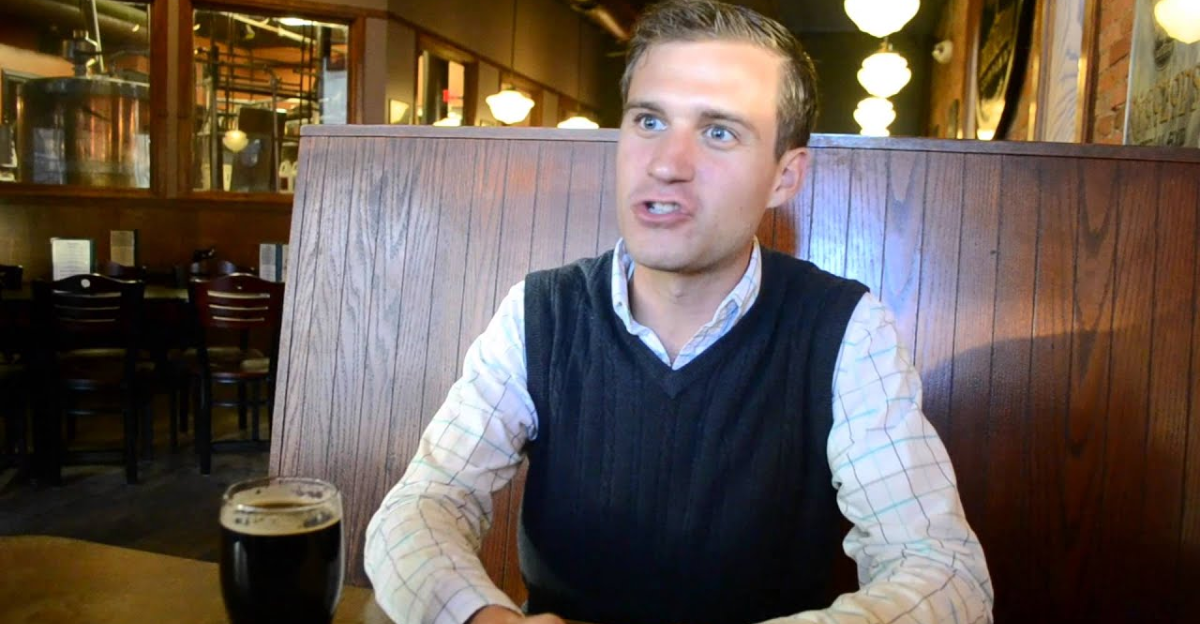
Craft brewers are squeezed by a “perfect storm” of factors. As Brewers Assoc. economist Matt Gacioch notes, brewers face “changing consumer behavior; increased competition from…hard seltzers and ready-to-drink cocktails; and economic pressures such as inflation and higher real estate and canning costs”.
With roughly 9,269 U.S. craft breweries in mid-2025, market saturation and rising input prices leave many taprooms struggling to draw customers.
Brewery Closures Leave Community Gaps
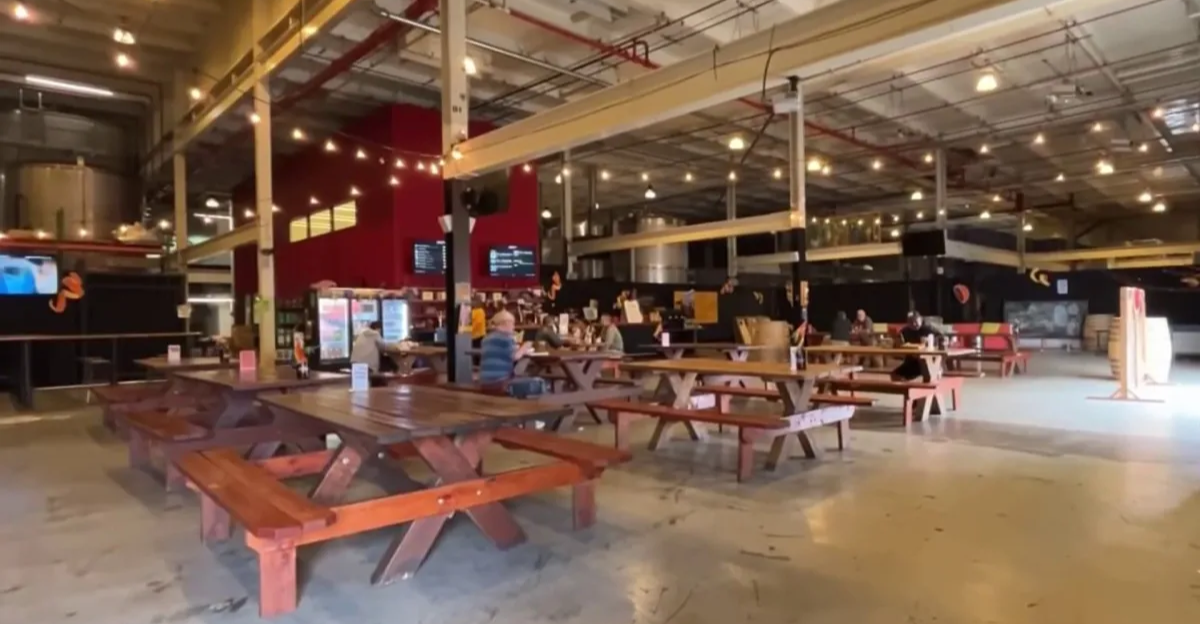
Local craft beer fans are feeling the loss. Bay Area icon 21st Amendment Brewery (founded in 2000) announced it will shutter after 25 years, a sign of lost heritage. In Pennsylvania, Iron Hill’s immediate shutdown of 16 brewpubs “will send shockwaves through the PA craft beer community”, leaving many workers jobless.
Fans called the news “heartbreaking” – those taprooms were “community hubs”. In towns everywhere, each closure erases a gathering spot and piece of local identity.
Major Breweries Shift to Imports and Seltzers
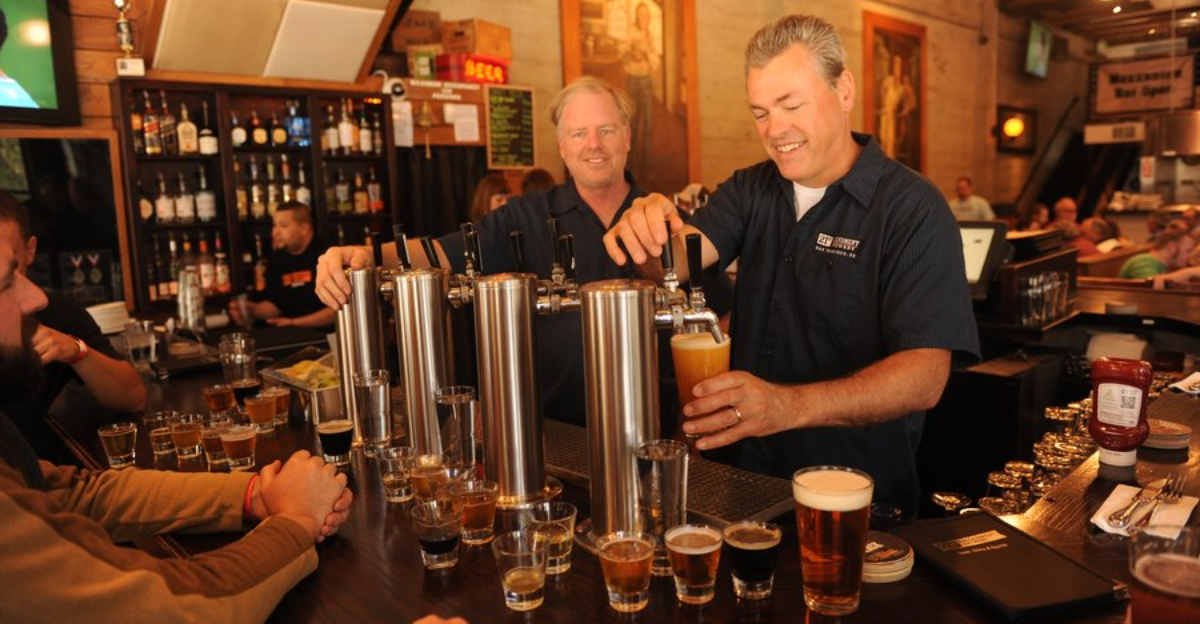
Large beer companies are already adapting as craft slumps. Imported beer sales grew 4.1% to about $10 billion (nearly 25% of the U.S. market) in early 2025. Flavored malt beverages (hard seltzers) jumped ~7%, and nonalcoholic beer soared ~30%.
“Beer isn’t dead,” observes industry analyst Tom Bobak, “it just has more competition than ever”.
Hard Seltzer and Cocktail Craze Diminishes Craft Sales
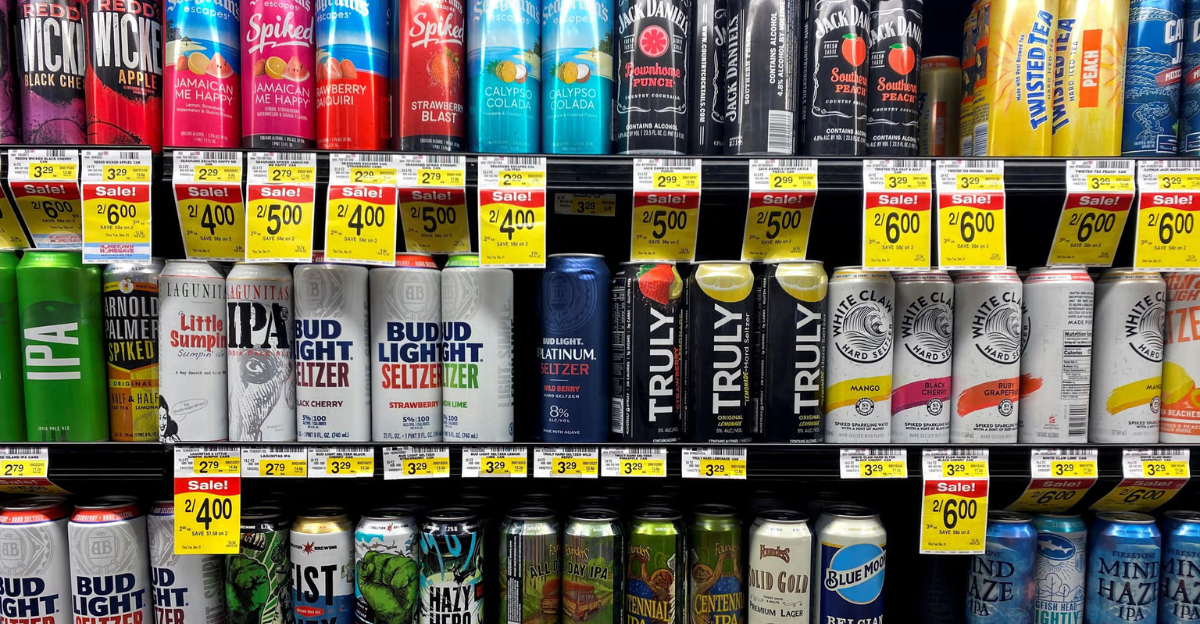
The boom in hard seltzers and canned cocktails is siphoning drinkers away from craft beer. Flavored malt beverage sales rose ~7% in early 2025. Brewers Assoc. experts report many consumers are simply “not always reaching for beer… [and] some are drinking less”.
For craft breweries, this is a pivotal turning point. After decades of growth, drinkers are deserting traditional beer for alternatives, and craft production is already ~5% below last year’s level.
Tariffs and Trade Wars Inflate Brewing Costs
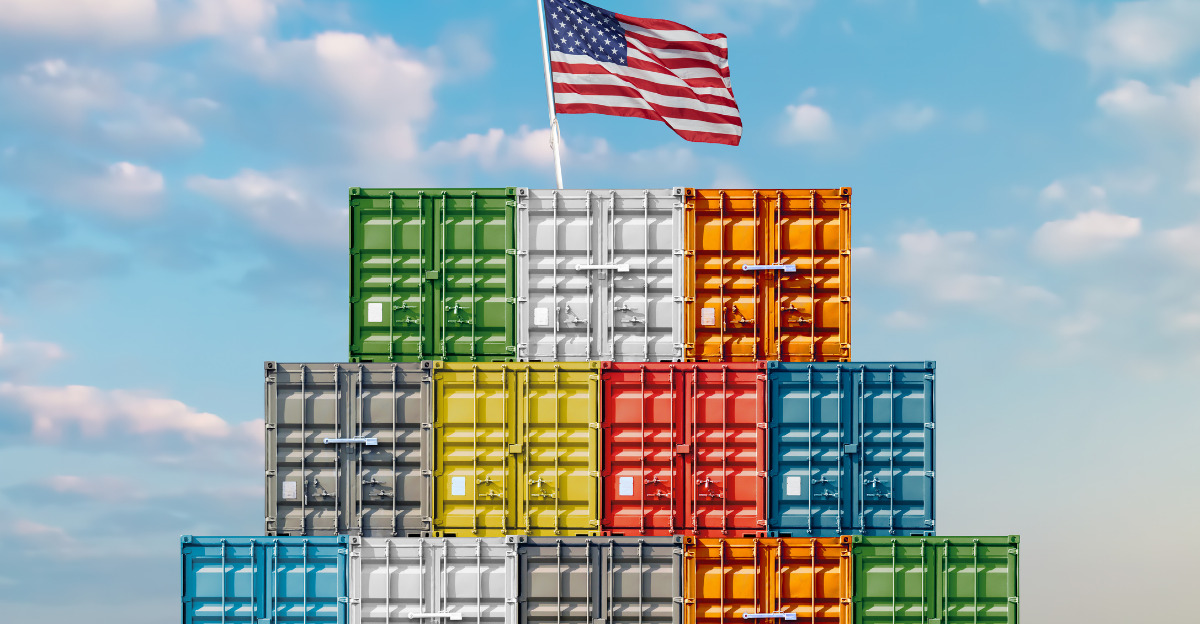
Global trade issues are driving up brewery expenses. Recent U.S. tariffs on aluminum cans, steel kegs and imported hops have spiked core brewing costs. Because aluminum cans account for ~75% of craft beer packaging, higher tariffs bite especially hard. Brewers Assoc.
CEO Bart Watson warned these “Liberation Day” tariffs could add about $60 million to small brewers’ costs overnight.
Brewery Closures Deepen Job and Community Losses
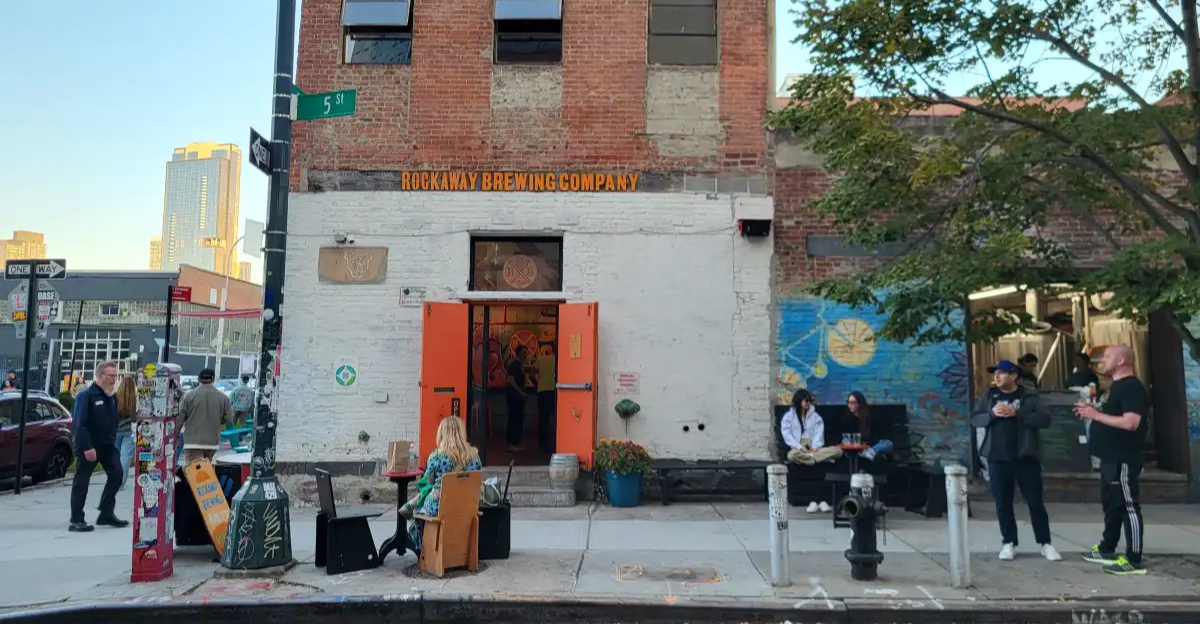
Every closed taproom means layoffs and heartache. Staff and owners face unemployment as beloved brewpubs shutter. For example, Iron Hill’s sudden September 2025 closure (all 16 locations) was described as sending “shockwaves through the PA craft beer community”, and industry reports note its employees will lose their jobs.
In Utah, the Wasatch/Squatters shutdown in 2025 cost 25 jobs.
Easing Regulations for Craft Brewers
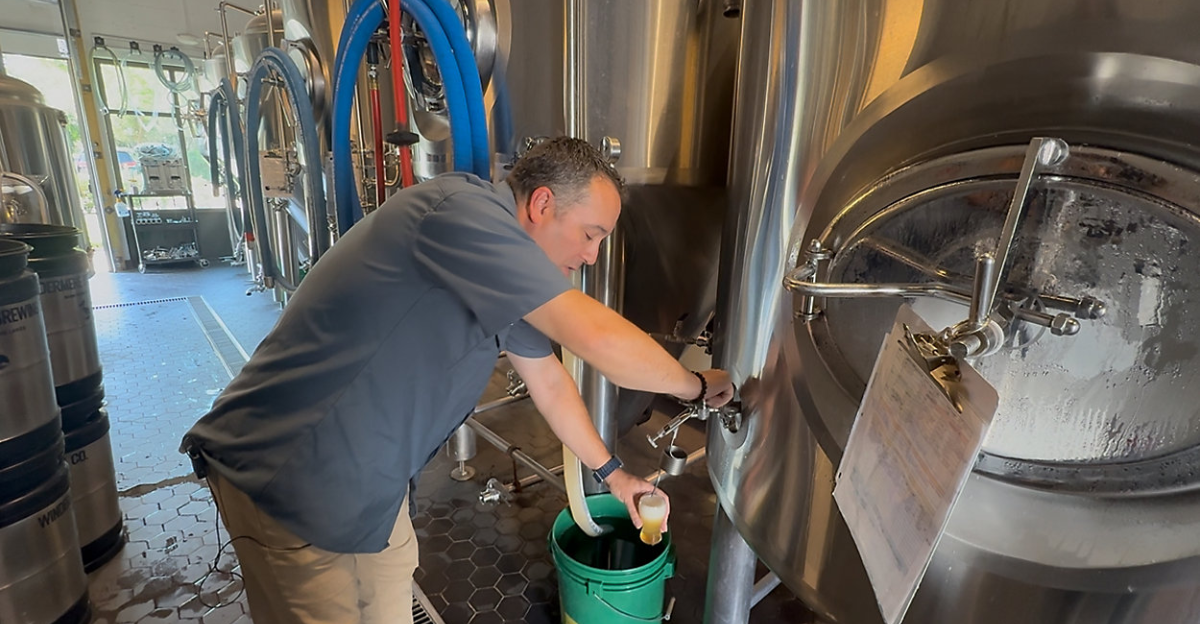
Some jurisdictions are responding with new laws to aid small breweries. For example, Florida’s SB 1818 (2025) explicitly authorizes craft breweries to deliver beer using their own trucks, bypassing onerous distributor requirements.
This loosens last-mile distribution constraints. Other states have discussed tax credits for small brewers or expanded taproom sales. While large breweries still dominate some regulatory debates, these policy tweaks show some attention to the struggles of independents.
Inflation Erodes Beer Budgets and Margins
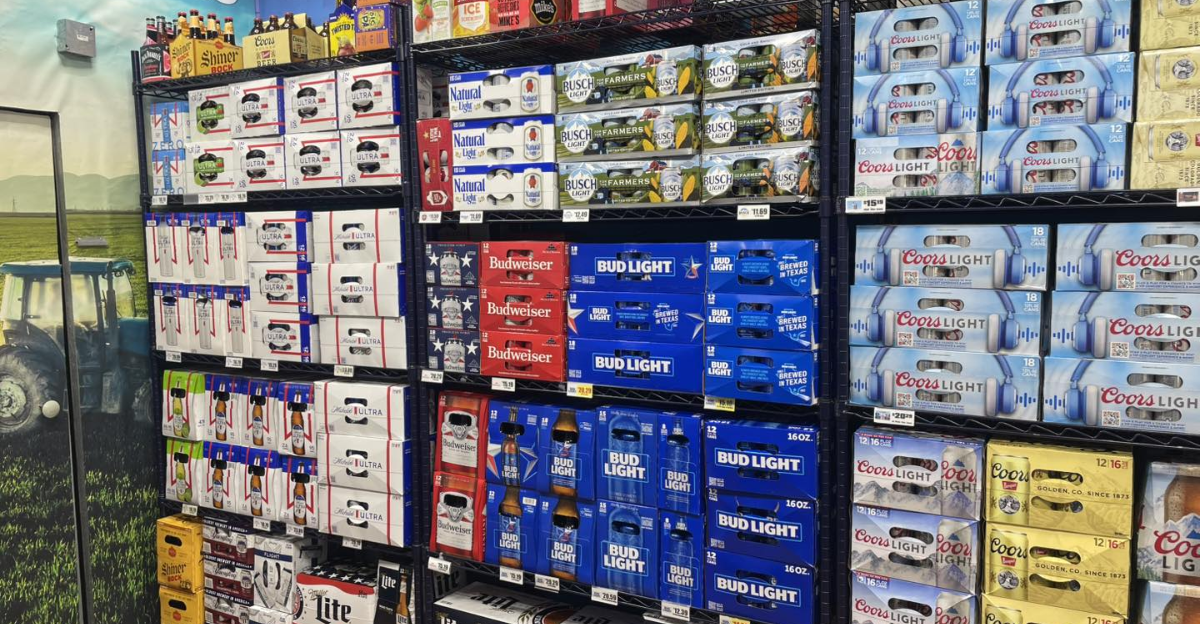
High inflation compounds the squeeze. By Aug 2025, U.S. consumer prices were ~2.9% higher year-over-year. This general inflation – along with higher wages – squeezes both brewers and drinkers.
Brewers Assoc. economist Gacioch explicitly cites “economic pressures such as inflation” as a major headwind for craft. The result: higher ingredient and rent costs for breweries, and tighter beer budgets for consumers, cutting into craft sales on both ends.
Retailers Prioritize Imports, Seltzers over Craft
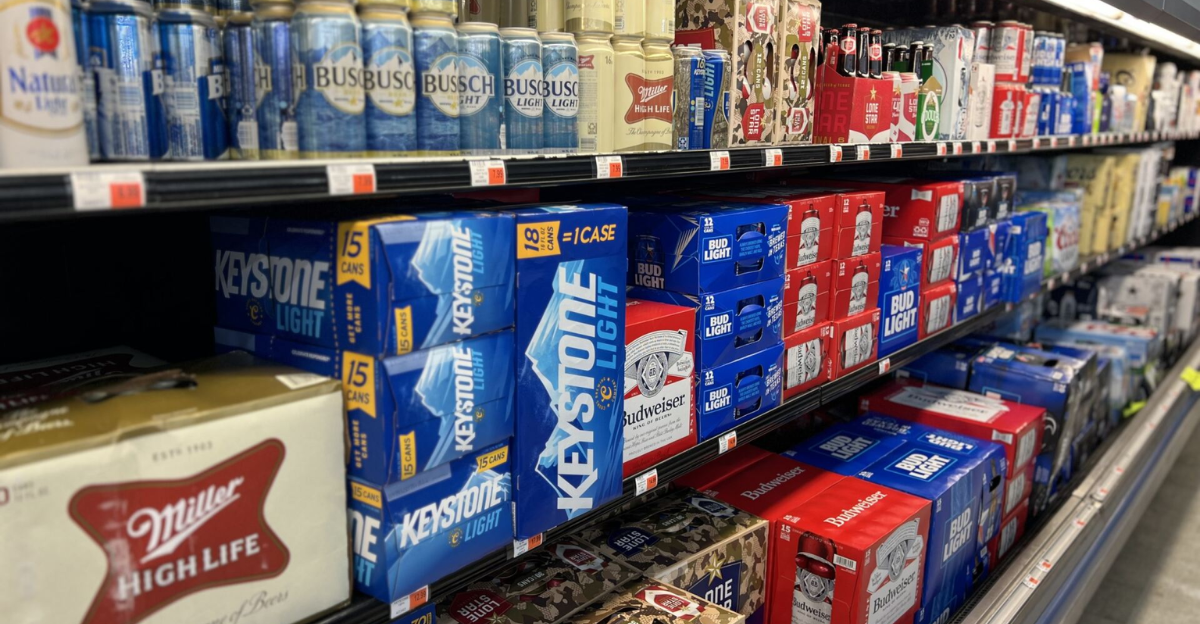
Grocery chains and beer shops are reallocating shelf space. Many retailers now promote imports, hard seltzers and non-alcoholic drinks over local ales. Nielsen data show craft off-premise volume fell 4.1% in early 2025, nearly matching the 4.2% decline in total beer.
This means grocers and distributors are culling slower-moving craft SKUs to make room for higher-turn imports and trending beverages, further tightening craft beer’s retail footprint.
Bars and Brewpubs Diversify with Cocktails and Cider
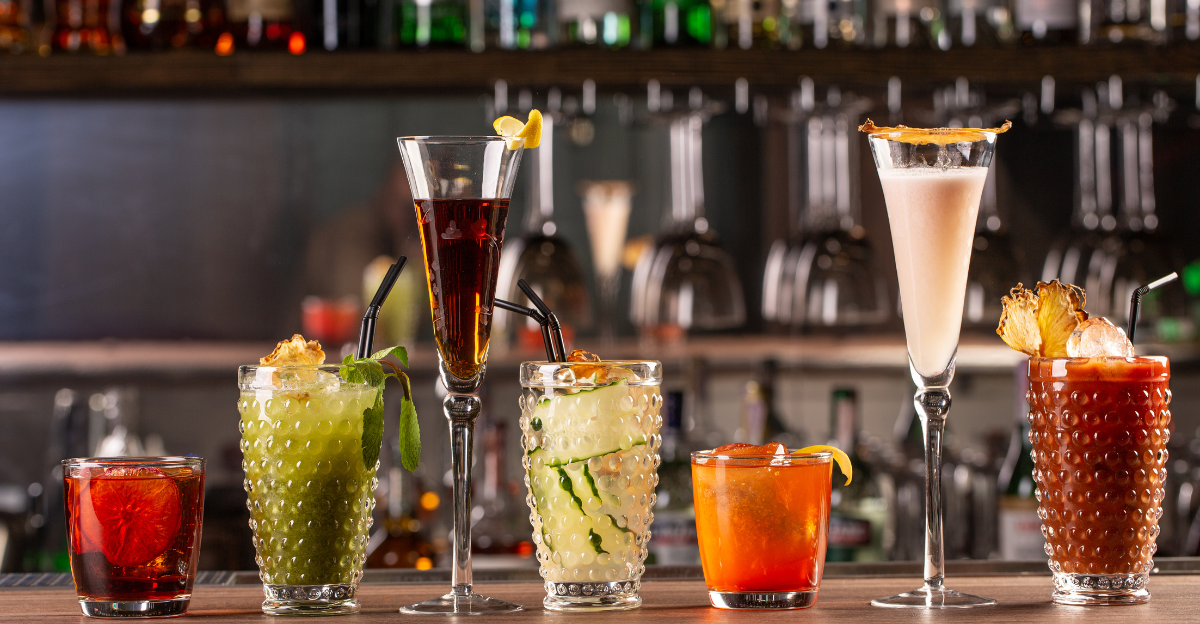
As traditional beer demand weakens, pubs and taprooms are shaking up their menus. Many establishments now emphasize wine, spirits and craft cocktails. The Great American Beer Festival is a sign of this shift: after adding cocktails and seltzers, in 2025, it “will add liquor from 21 distilleries”.
Locally, brewers report featuring signature cocktails, cider on tap, and enhanced food offerings to lure customers.
Hop, Barley, and Gear Suppliers Feel the Pinch
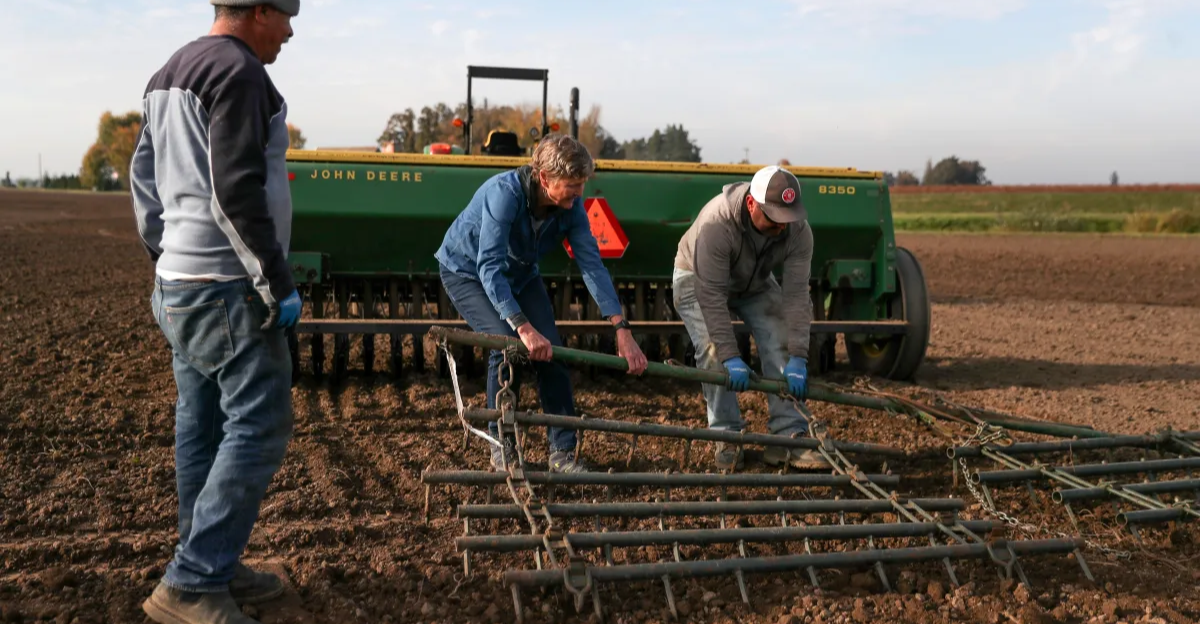
Closures ripple into the supply chain. U.S. hop growers harvested only 87.1 million pounds in 2024 (a 16% drop from 2023), largely because craft beer demand – especially hop-heavy brews – has collapsed.
VinePair notes that with “craft brewery closures outpacing openings… craft beer volumes down,” much brewing infrastructure and ingredient demand has gone idle. Maltsters, keg and can producers face similar woes: factories built for booming craft output now see orders slashed.
Contraction Casts Shadow on Global Craft Market
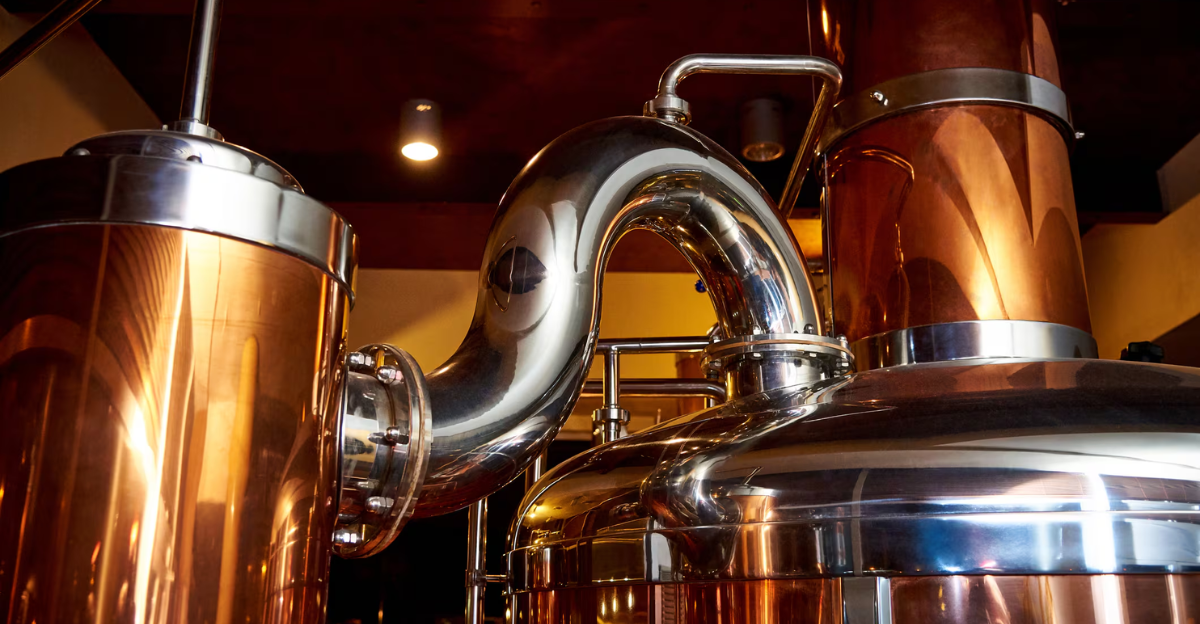
Even as U.S. craft slows, worldwide craft beer demand remains strong. Industry forecasts project global craft beer revenue at ~$110.9 billion in 2025, more than doubling by 2034. Asia-Pacific alone held ~32% of that market in 2024.
Consumers abroad continue to seek artisanal, local brews. However, U.S. breweries face export headwinds: Canada, which buys ~38% of U.S. craft exports, briefly pulled American craft off shelves over tariff disputes. The U.S. pullback could dampen overall global growth, at least temporarily, as American craft beer loses shelf space abroad.
Lower-Alcohol and Low-Calorie Drinks Rise

Changing lifestyles bite into beer sales. Health-conscious and younger drinkers are favoring lower-calorie, lower-alcohol options. Non-alcoholic beer sales jumped roughly 30% by 2025 (though still ~1% of market).
Brewers Assoc. data show Millennials and Gen Z “aren’t always reaching for a beer”, opting instead for hard kombucha, wine spritzers or mocktails.
Losing Community Pillars
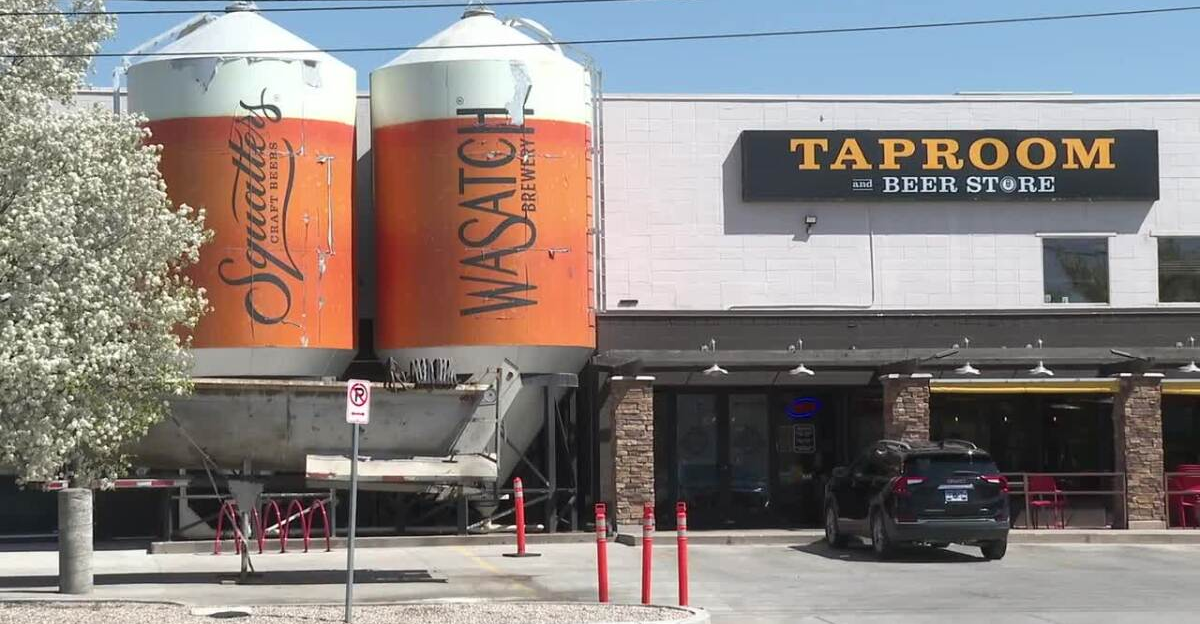
The craft beer contraction has cultural ramifications. Loyal fans mourn favorite breweries as community icons vanish. In Utah, brewers note that newer breweries “are standing on the shoulders of Squatters and Wasatch,” reflecting decades of local brewing heritage.
With those pillars gone, towns lose part of their identity. While some argue that efficiency might improve, many lament that consolidation sacrifices local character.
Big Brewers and Imports Gain as Small Breweries Falter
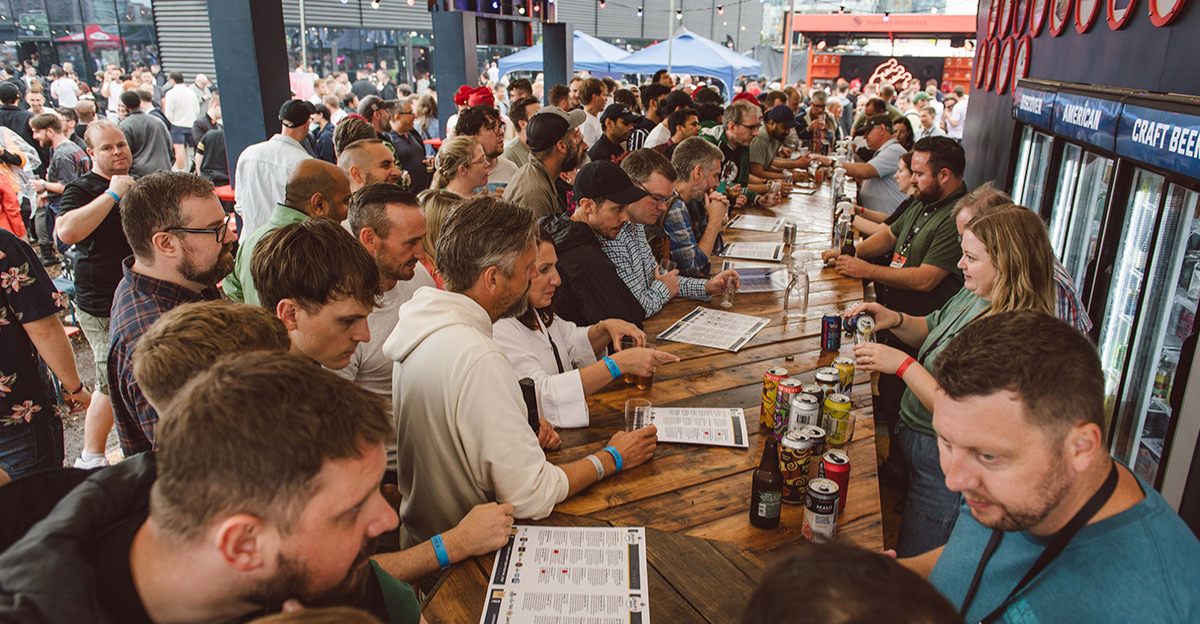
Larger players have adapted more easily. Imports now capture nearly 25% of U.S. beer sales, and major seltzer/NA brands (often backed by big companies) are expanding share. As consolidation accelerates, Brewers Assoc. President Bart Watson says craft is in a “painful period of rationalization”.
Large regional brewers and distributors are acquiring the strongest craft brands, while tiny brewpubs without scale or investment are the clear losers.
Investors Eye Craft M&A, Expect More Consolidation

Financial analysts see consolidation as inevitable. Industry consultants note that “larger regionals are buying smaller players to expand distribution… and reduce costs”. Buyers now seek breweries with proven profitability; creative deal terms (earnouts, deferred payments) bridge valuation gaps.
As one M&A expert summarizes, “the growth-at-all-costs era is over”.
How Consumers Can Support Independent Breweries
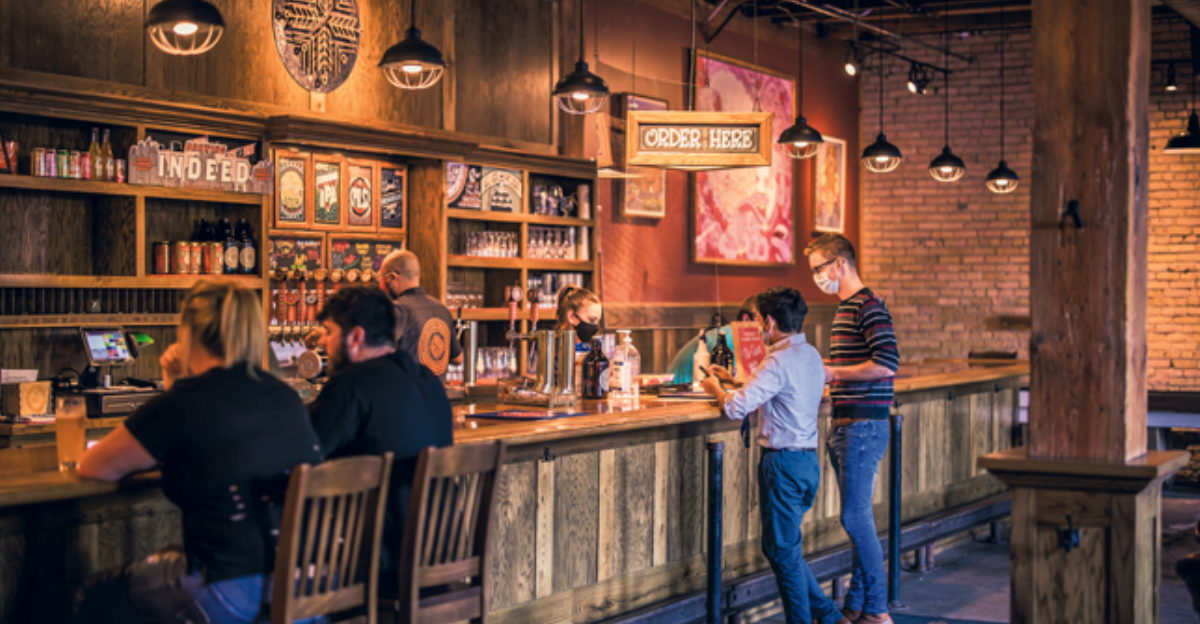
Beer lovers have power at the taproom. Visit local brewpubs and taprooms – on-site sales support about 73% of craft breweries. Buying a pint or growler at a taproom sends money straight to brewers (often with much higher margins than retail sales). In stores, choose craft six-packs and gift cards from local breweries whenever possible.
Join brewery loyalty programs or crowdfunding campaigns many are using. Every craft purchase helps keep a small brewery open, from to-go crowlers to brewery-branded merch.
Innovation and Adaptation Offer Glimmers of Hope
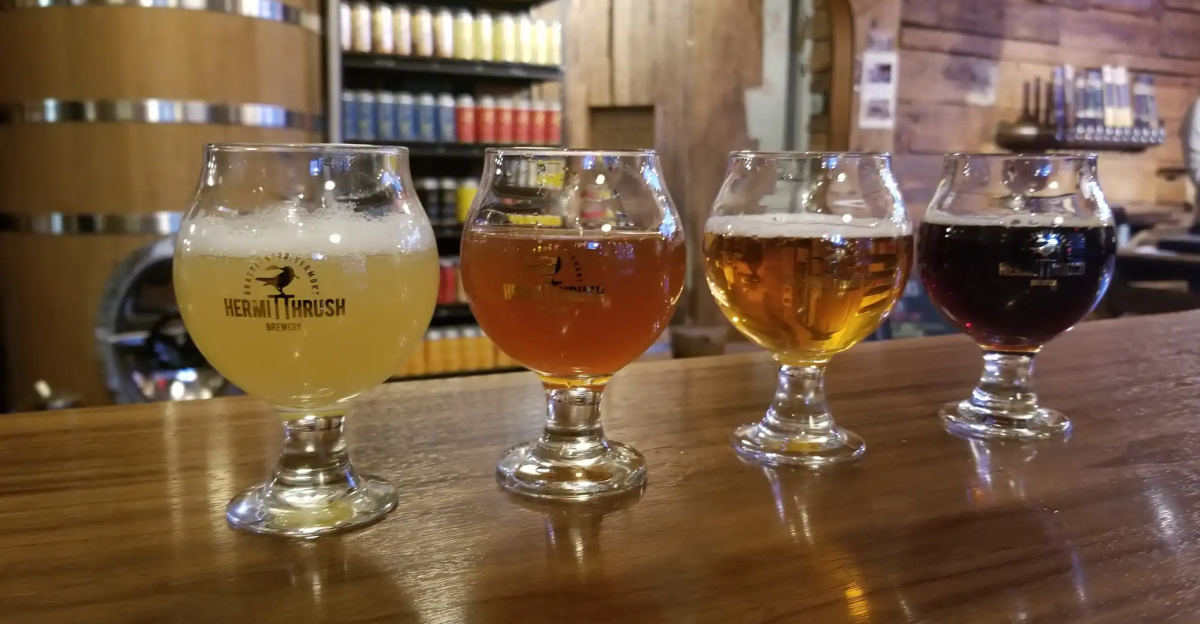
Not all news is dire for craft. The Brewers Assoc. reports that many very small breweries fared better: among breweries producing <1,000 barrels, about 50% saw sales growth (vs. 43% reporting declines).
This suggests nimble brewpubs with tight local ties are still finding customers. Brewers are adapting: some focus on new niches (wild/sour beers, hard kombucha, nitro cold brew ales), others lean into taproom events and canning for carry-out.
Craft Brewing’s Next Chapter

The contraction is complex with far-reaching effects. Despite setbacks, interest in craft remains historically high: nearly 9.8% of U.S. adults drank craft beer in the past month (versus 6.6% in 2013), hinting at a sizable audience.
The story now shifts to resilience. Producers that streamline costs, pivot to in-demand products (NA beers, seltzers, brewery meals), and engage communities directly may survive and even thrive. Regulatory support and consumer loyalty are key.